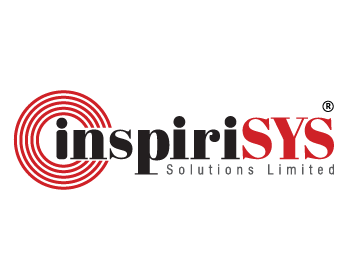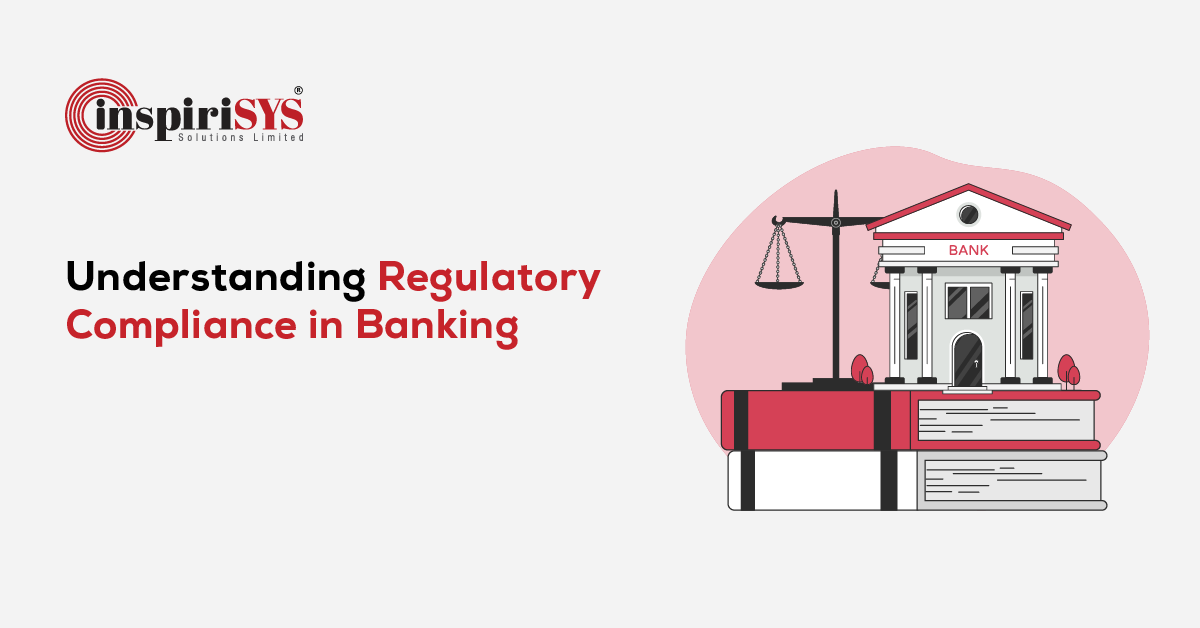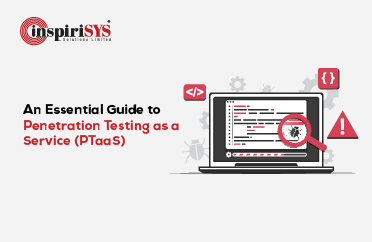Quick Summary: Regulatory compliance in banking is essential for safeguarding assets, preventing fraud, and ensuring trust. This article outlines its definition, core components, and challenges while sharing best practices and future trends. It also highlights how technology and platforms like Komply360 help banks manage compliance more effectively.
Every transaction, from a small mobile payment to a billion-dollar cross-border transfer, depends on banks following strict rules that prevent deception, protect sensitive data, and maintain fairness in global markets. As digital banking expands and cyber threats grow more advanced, it has shifted from being a regulatory obligation to a strategic priority that shapes how banks operate, compete, and thrive.
What is Regulatory Compliance in Banking?
Compliance involves adhering to laws, regulations, and guidelines that govern safe and lawful operations. It includes areas such as capital adequacy, risk management, transaction monitoring, reporting, and data governance. For example, Basel III is a global regulatory framework that requires banks to maintain adequate capital reserves, while AML and KYC regulations focus on preventing money laundering and verifying customer identities.
Core Components of Regulatory Compliance in Banking
Banking is built on a set of essential components that ensure financial institutions operate securely, ethically, and within the law. Each component addresses a specific area of threat and plays a critical role in protecting both customers and the system.

1. Anti-Money Laundering (AML) and Counter-Terrorism Financing (CFT)
AML and CFT measures are designed to stop banks from being exploited for illegal activities. Institutions must implement monitoring systems, perform due diligence on transactions, and report suspicious behaviour to regulators. With budgets increasing significantly in recent years, AML and CFT remain top priorities for maintaining integrity in the banking ecosystem.
2. Know Your Customer (KYC) Procedures
KYC regulations require banks to verify and validate customer identities. This involves collecting accurate personal details, understanding the customer’s activities, and assessing the potential threats linked to maintaining that customer relationship. Strong KYC practices reduce fraud, identity theft, and money laundering. Many banks now invest in advanced tools and training platforms to strengthen KYC compliance.
3. Data Protection and Privacy Laws
With digital banking on the rise, shielding sensitive customer data is non-negotiable. Privacy frameworks like GDPR in Europe and equivalent laws worldwide helps secure personal and financial information from breaches or misuse. Regulators are intensifying oversight in this area, placing greater accountability on banks to implement robust cybersecurity and privacy measures.
4. Financial Reporting and Transparency
Transparent reporting ensures stakeholders and regulators have a clear view of a bank’s financial health. Compliance requires adherence to accounting standards, regular audits, and timely disclosures. This fosters accountability and market stability, even when regulatory environments shift. Industry studies emphasize that governance and reporting remain critical competitive factors for banks.
5. Risk Management and Internal Controls
Banks must establish internal controls to identify threats, monitor activities, and ensure adherence to regulatory requirements. These measures help mitigate vulnerabilities ranging from financial scam to operational breakdowns. Leveraging industry expertise and advanced tools strengthens risk management and drives stronger reputation and customer loyalty.
Benefits of Regulatory Compliance for Enterprises
Regulatory compliance in banking is often seen as a cost, but in reality, it creates lasting value for both institutions and their customers. Solid compliance builds resilience, and positions banks for sustainable growth.
- Lowered Legal and Financial liabilities
Meeting regulatory requirements shields banks from costly lawsuits, fines, and sanctions. The outcome is greater financial security and uninterrupted business operations, even in the face of changing regulatory landscapes.
- Stronger Market Standing
Banks that consistently comply with regulations earn customer loyalty and investor confidence. A reputation for integrity doesn’t just uphold brand value, it also creates a competitive edge in attracting new business.
- Greater Operational Efficiency
Compliance drives streamlined processes, clear governance, and fewer errors. By standardizing workflows and automating monitoring, banks gain long-term efficiency that minimizes overhead and improves overall performance.
- Protection of Customer Assets
Deposit insurance programs, such as those offered by the FDIC (Federal Deposit Insurance Corporation), guarantee customer deposits up to a specified limit. By adhering to deposit insurance regulations, banks ensure that customer funds remain safe even in the rare case of a bank failure.
- Prevention of Fraud and Financial Crimes
Regulations like AML and KYC directly mitigates deceitful schemes and money laundering. The result is more secure banking transactions and a financial ecosystem that customers can rely on.
- Strong Data Privacy and Security
It with GDPR, GLBA, and similar frameworks helps banks safeguard customer information. This not only lowers the likelihood of identity theft but also delivers the outcome of greater confidence in digital banking services.
- Fair Lending and Ethical Practices
Consumer protection laws require banks to follow fair lending, transparent pricing, and ethical codes of conduct. The outcome is a more level playing field for customers, where financial decisions can be made confidently and fairly.
Challenges in Regulatory Compliance
Banking requires constant vigilance as regulations evolve, challenges increase, and technology advances. Any lapse in keeping up can result in costly fines, loss of credibility, and erosion of customer confidence.
- Rapidly Evolving Regulations
Regulations change frequently across AML, data privacy, and capital adequacy. Banks that fail to adapt quickly, incur regulatory fines, delayed product launches, and reputational harm.
- Resource-Intensive Programs
Maintaining compliance requires large budgets for technology, staffing, and training. Without sufficient investment, institutions face backlogs, audit findings, and heavier supervisory scrutiny.
- Technology Integration Barriers
Legacy systems make it difficult to adopt automation and RegTech solutions. This creates inefficient manual processes, higher error rates, and weak audit trails that expose banks to gaps.
- Global Jurisdictional Complexity
International banks juggle multiple frameworks with conflicting requirements. Poor harmonization often results in duplicated controls, inconsistent customer experiences, and higher compliance costs.
- Data Protection and Cybersecurity Risks
With digital banking growth, compliance is tied closely to cybersecurity. Weak defences can lead to data breaches, loss of customer trust, and regulatory sanctions.
Best Practices for Achieving Compliance in Banking
Strong compliance is not about checking boxes but about embedding accountability into everyday operations. The most effective programs combine culture, technology, and continuous oversight to ensure banks stay ahead of regulatory expectations.
1. Build a Compliance-First Culture
Leadership must set the tone by modelling ethical behavior and prioritizing it across the organization. Clear policies, zero-tolerance for misconduct, and regular training programs give employees the guidance they need to act responsibly. The outcome is a workforce that treats compliance as part of daily business, not an afterthought.
2. Leverage Technology for Monitoring
Automated tools cut errors, speed up reporting, and allow real-time transaction monitoring. By integrating AI and data intelligence, banks can detect anomalies faster, generate timely disclosures, and remain compliant even in complex multi-jurisdictional environments. This results in greater accuracy, efficiency, and resilience against lapses.
3. Maintain Continuous Oversight
It is not a one-time effort. Banks should conduct regular assessments, audits, and reviews to identify weaknesses early. Ongoing monitoring strengthens internal controls and keeps institutions prepared for regulatory shifts, ensuring smoother operations and reduced exposure to penalties.
Role of Generative AI in Regulatory Compliance
Generative AI is quickly shifting from a futuristic idea to a practical tool for teams in banking. McKinsey argues that, over the next few years, Gen AI can help banks move from reactive, task-driven compliance to proactive risk prevention. It can act as a virtual policy expert, summarizing regulations, identifying gaps, and comparing internal policies with evolving legal standards. This enables compliance functions to partner more closely with business units, injecting controls early in product design and reducing costly retrofits later.
Beyond policy automation, Gen AI can power intelligent systems that monitor transactions, flag suspicious patterns, and generate reports automatically. It accelerates tasks such as drafting regulatory disclosures, updating code for alignment, or performing anomaly detection across large data volumes. However, McKinsey cautions that banks must build governance guardrails, human-in-the-loop checks, and clear AI safety controls to prevent biases, explainability issues, and model drift otherwise the efficiency gains may come at too high reputational cost.
Future Outlook of Regulatory Compliance in Banking
Banks are already moving toward ecosystem-driven models, partnering with fintechs, regtechs, and technology providers to broaden their services. AI, blockchain, and cloud platforms are being adopted in compliance to streamline monitoring, automate reporting, and improve data governance. At the same time, regulators are tightening their focus on cybersecurity and financial crime, demanding stronger data protections and transparency from banks.
In the near future, compliance will extend deeper into third-party oversight and shared data environments, ensuring that risk management goes beyond the walls of a single institution. Predictive analytics and AI will mature, shifting from reactive checks to anticipatory risk prevention. Regulators are also expected to raise the bar on resilience testing and board-level accountability, making it a central pillar of credibility and competitiveness.
Banks that invest early in technology, culture, and governance will be better prepared to manage change. The ability to combine real-time monitoring with proactive insights will not only decrease regulatory risk but also strengthen long-term customer confidence in an increasingly digital financial ecosystem.
Conclusion
Regulatory adherence in banking serves as the foundation for integrity, stability, and sustainable growth. As regulations evolve, cyber threats intensify, and customer expectations rise, banks need programs that are not only robust but also adaptive and intelligent.
Komply360, our AI-powered compliance management platform, provides banks with a unified framework for monitoring, reporting, and governance. It enables institutions to minimize risk exposure, stay ahead of regulatory change, and embed a culture across operations. The outcome is stronger resilience, operational efficiency, and lasting customer confidence.

Frequently Asked Questions
1. How do AML and KYC help prevent fraud in banks?
AML requires banks to monitor transactions and report suspicious activity, while KYC mandates verifying customer identities and assessing risks. Together, they prevent money laundering, fraud, and other illicit financial activities.
2. What happens if a bank fails to comply with regulations like GDPR or GLBA?
Non-compliance with data privacy laws can result in heavy fines, investigations, and loss of customer belief. Regulators may also enforce corrective actions such as audits, disclosure obligations, or restrictions on operations.
3. Can regulatory compliance improve operational efficiency in banks?
Yes. Standardized compliance frameworks streamline processes, automate repetitive tasks, and limit human errors. This improves accuracy, lowers costs, and strengthens internal governance.
4. What is risk management in banking?
Risk management in banking involves identifying, assessing, and addressing threats across credit, market, operational, and compliance areas. Strong risk management ensures stability, safeguards assets, and supports regulatory compliance.







